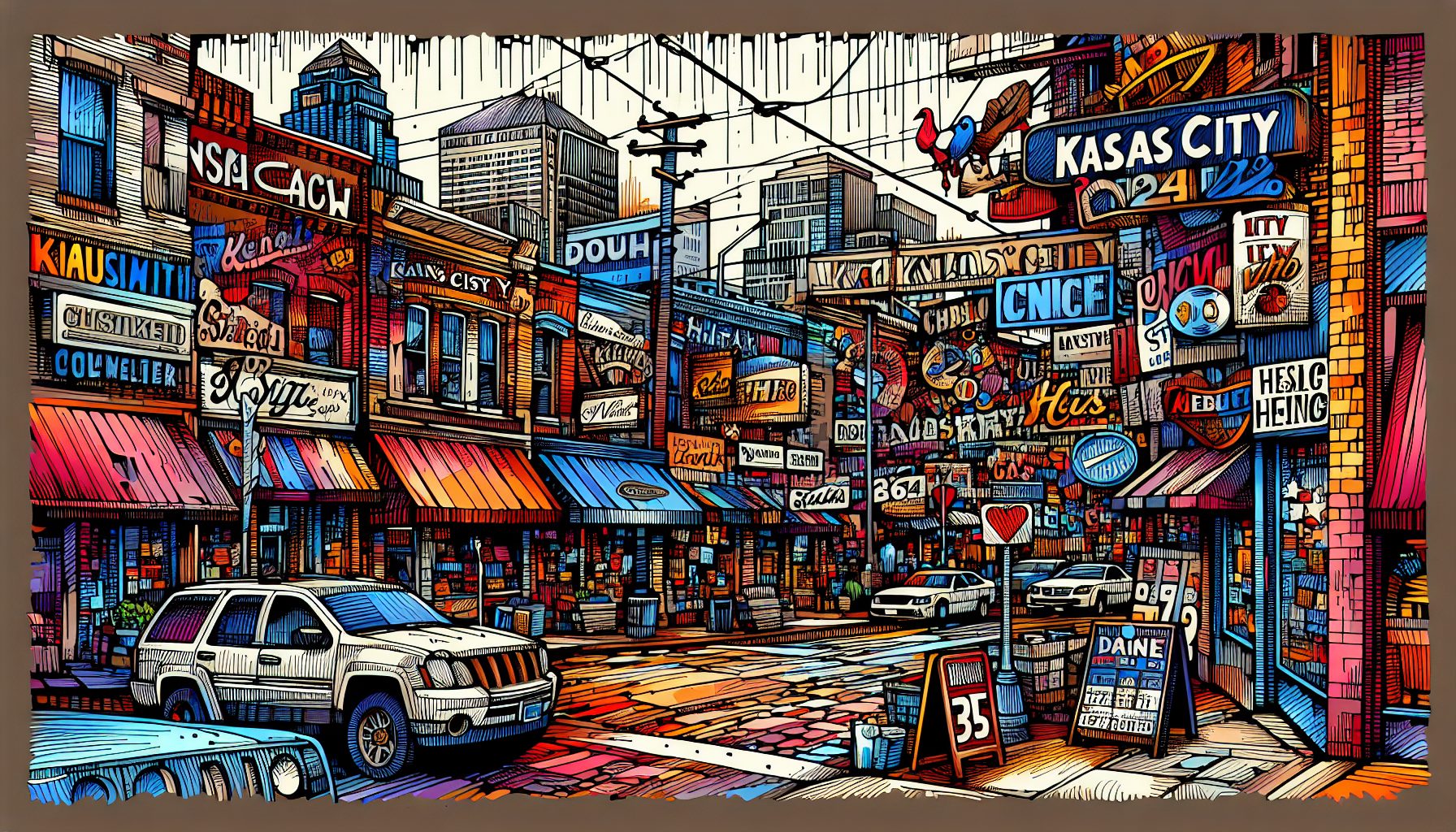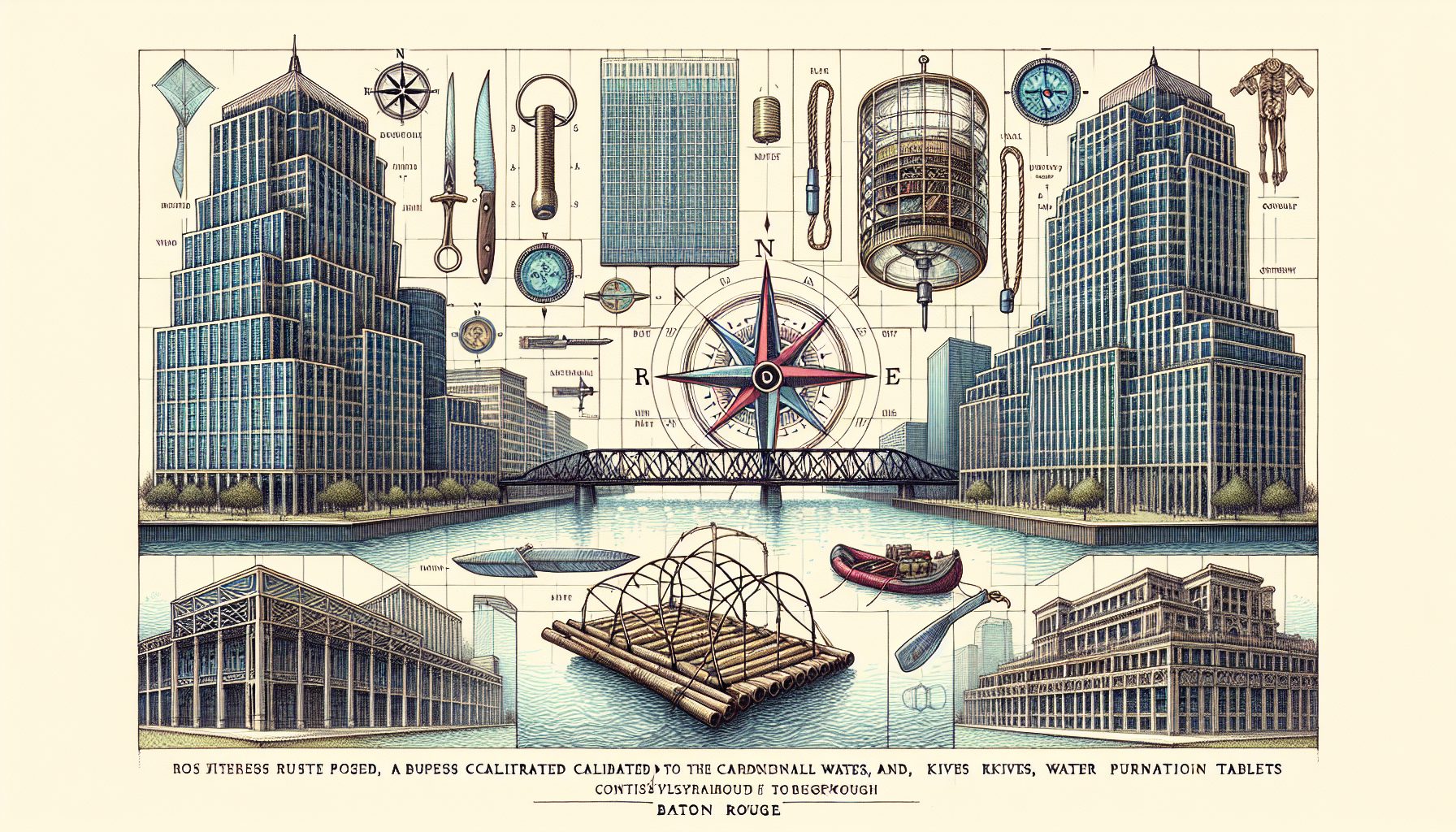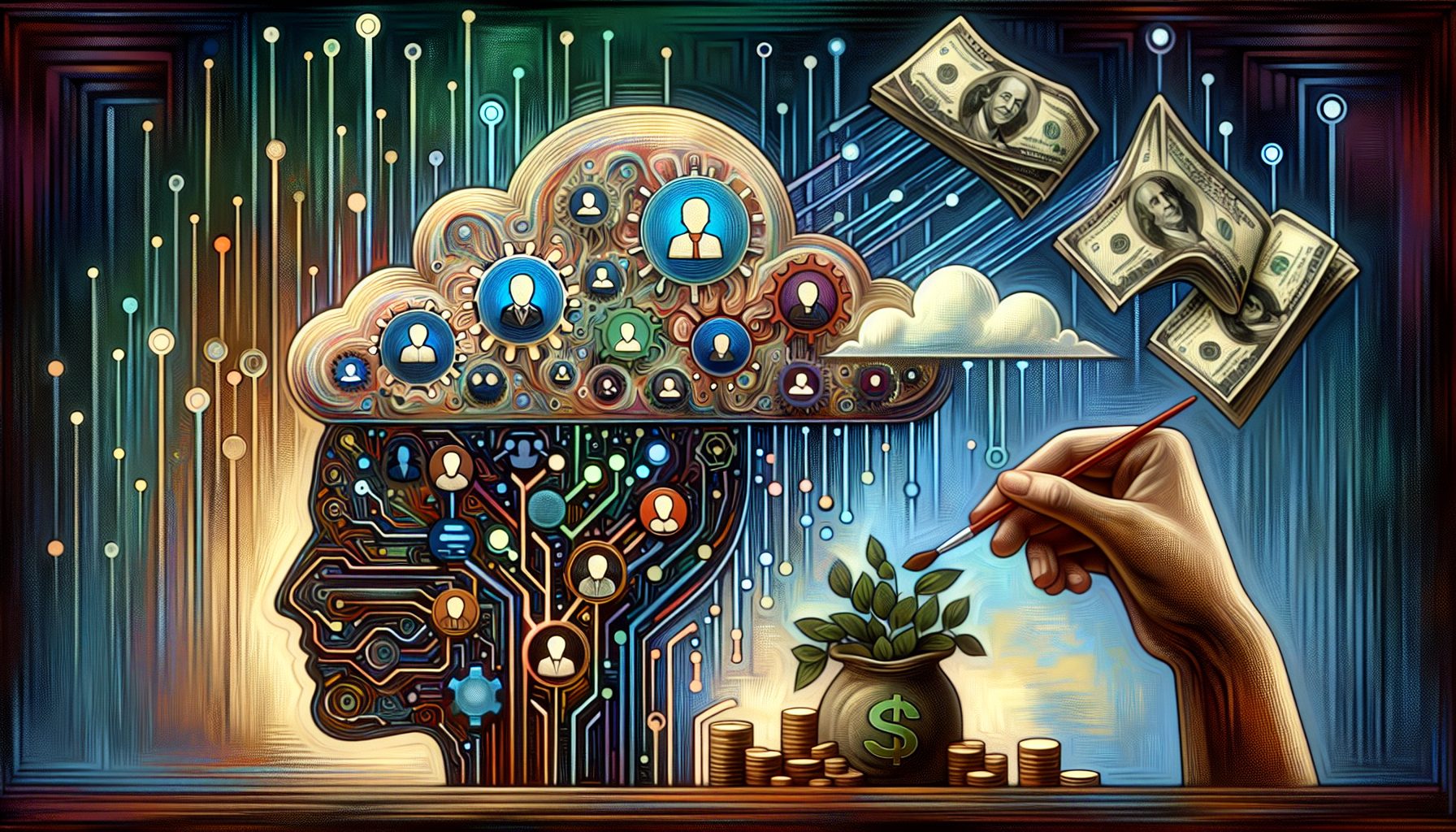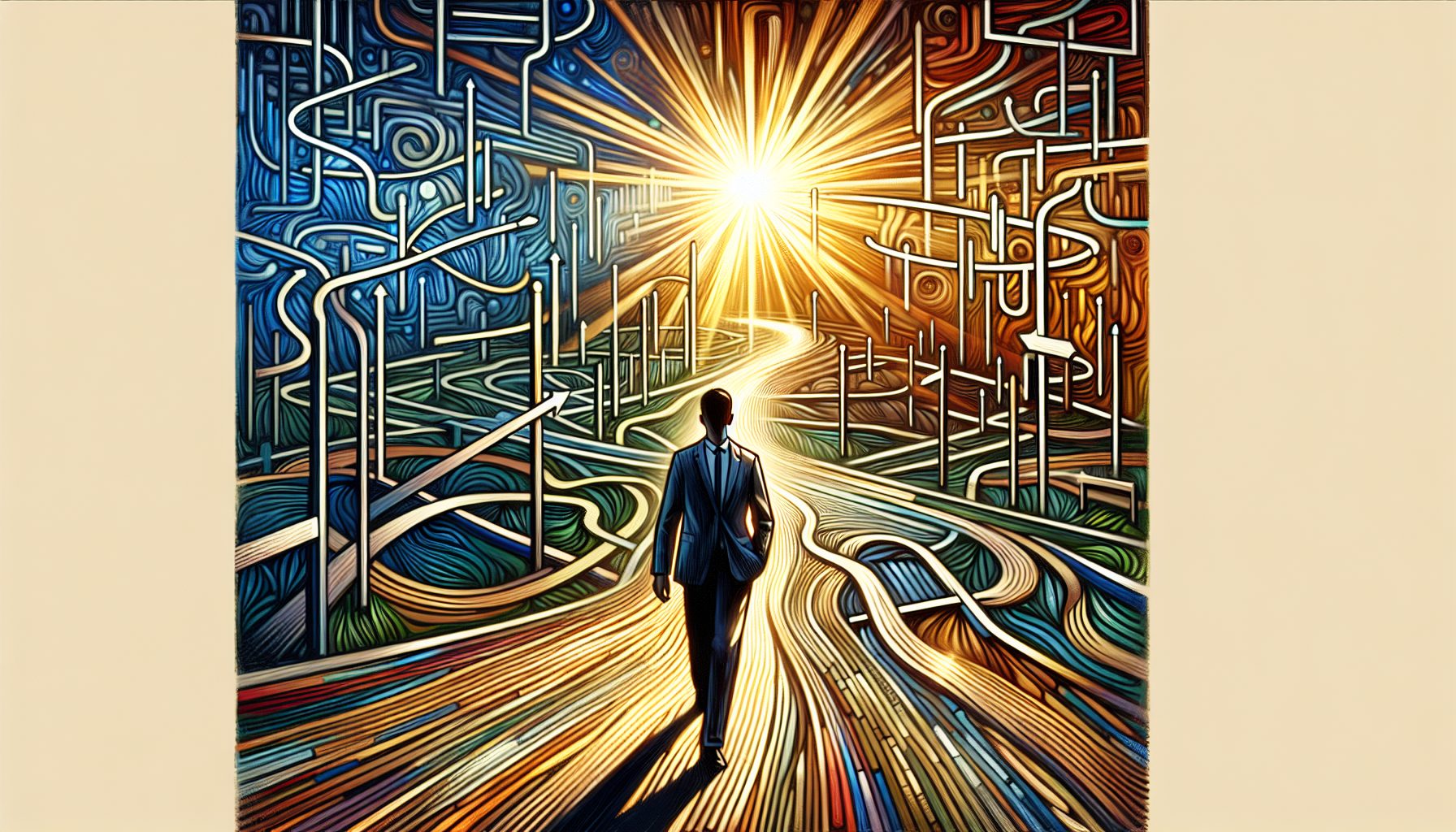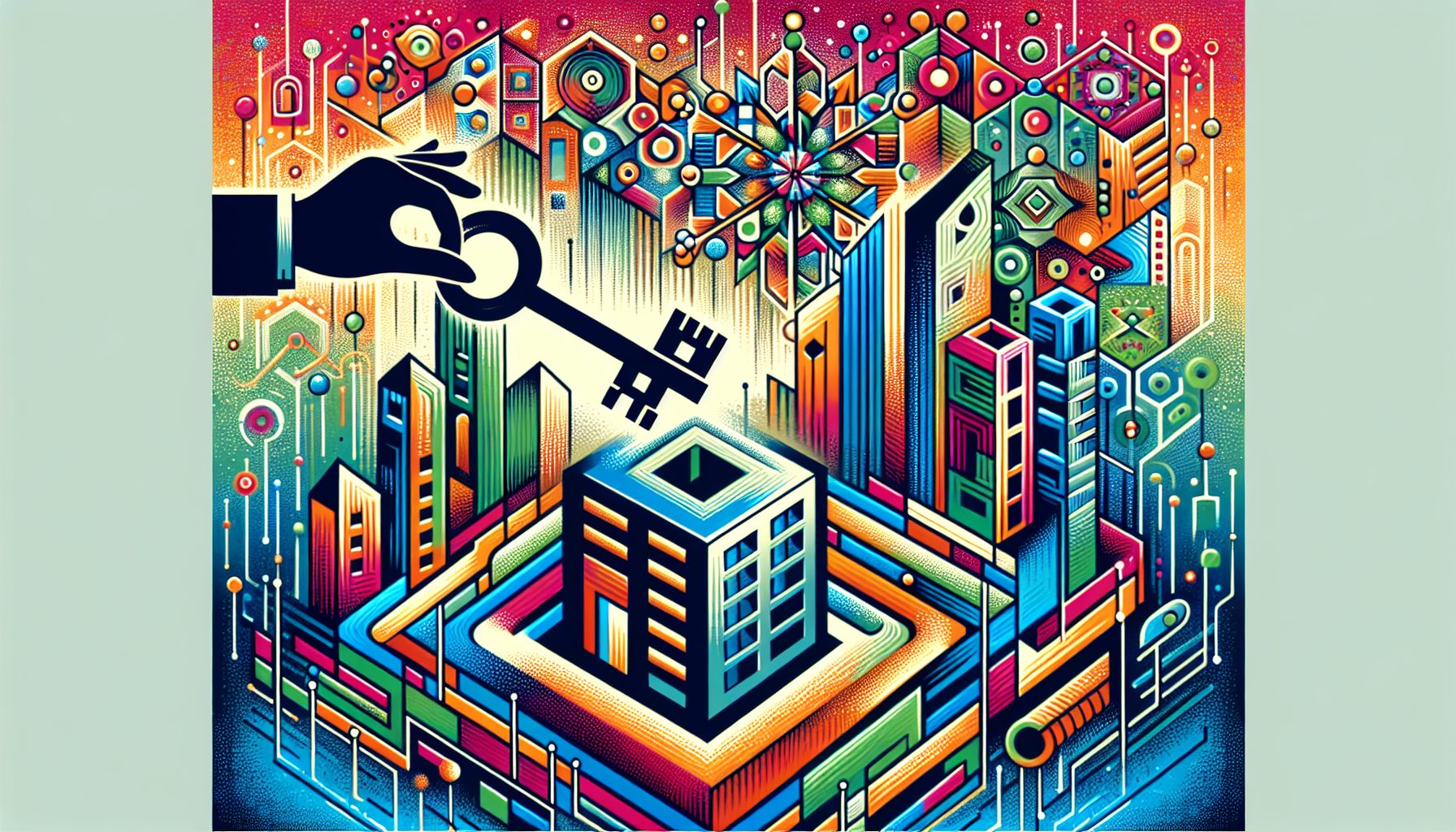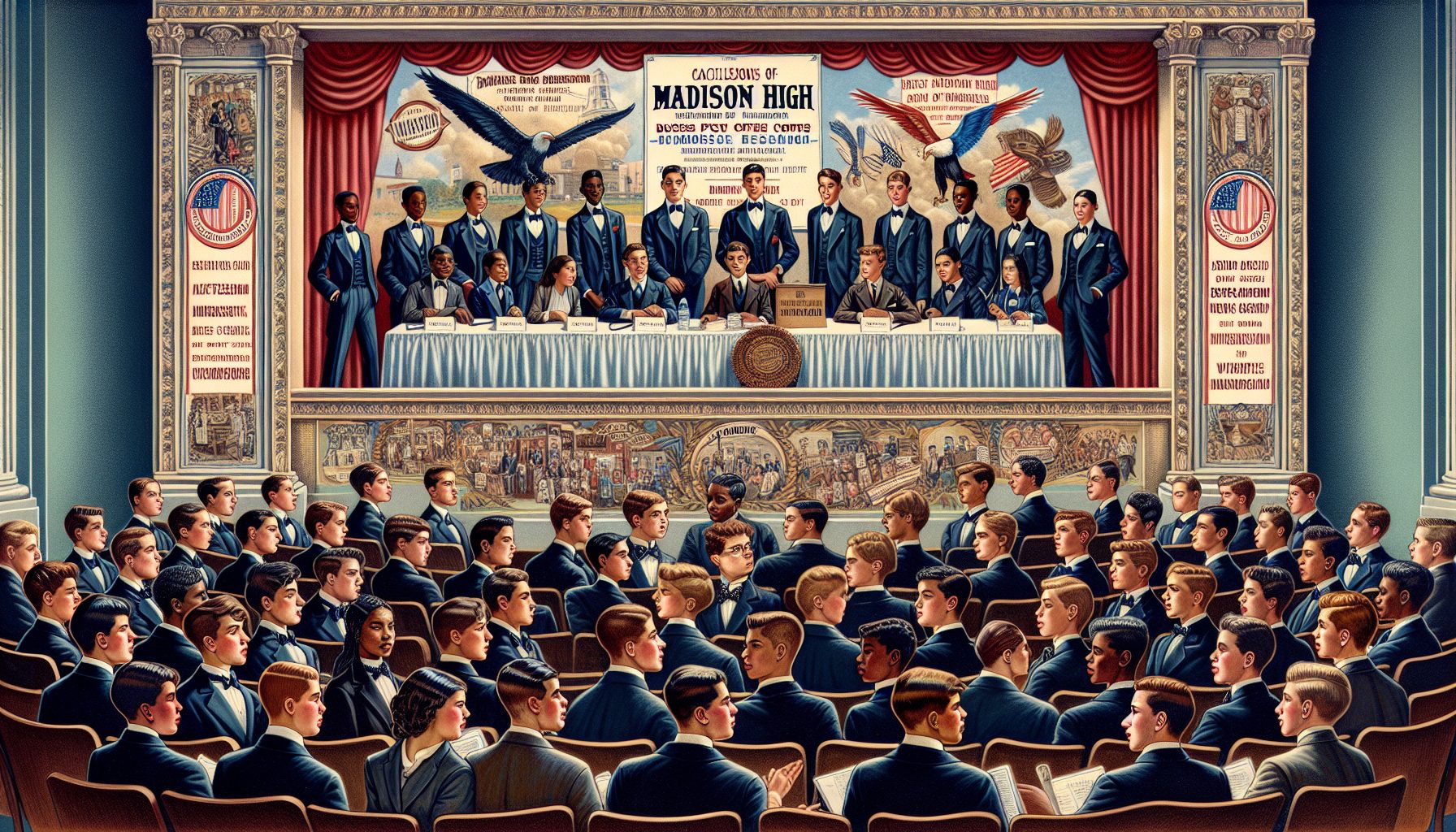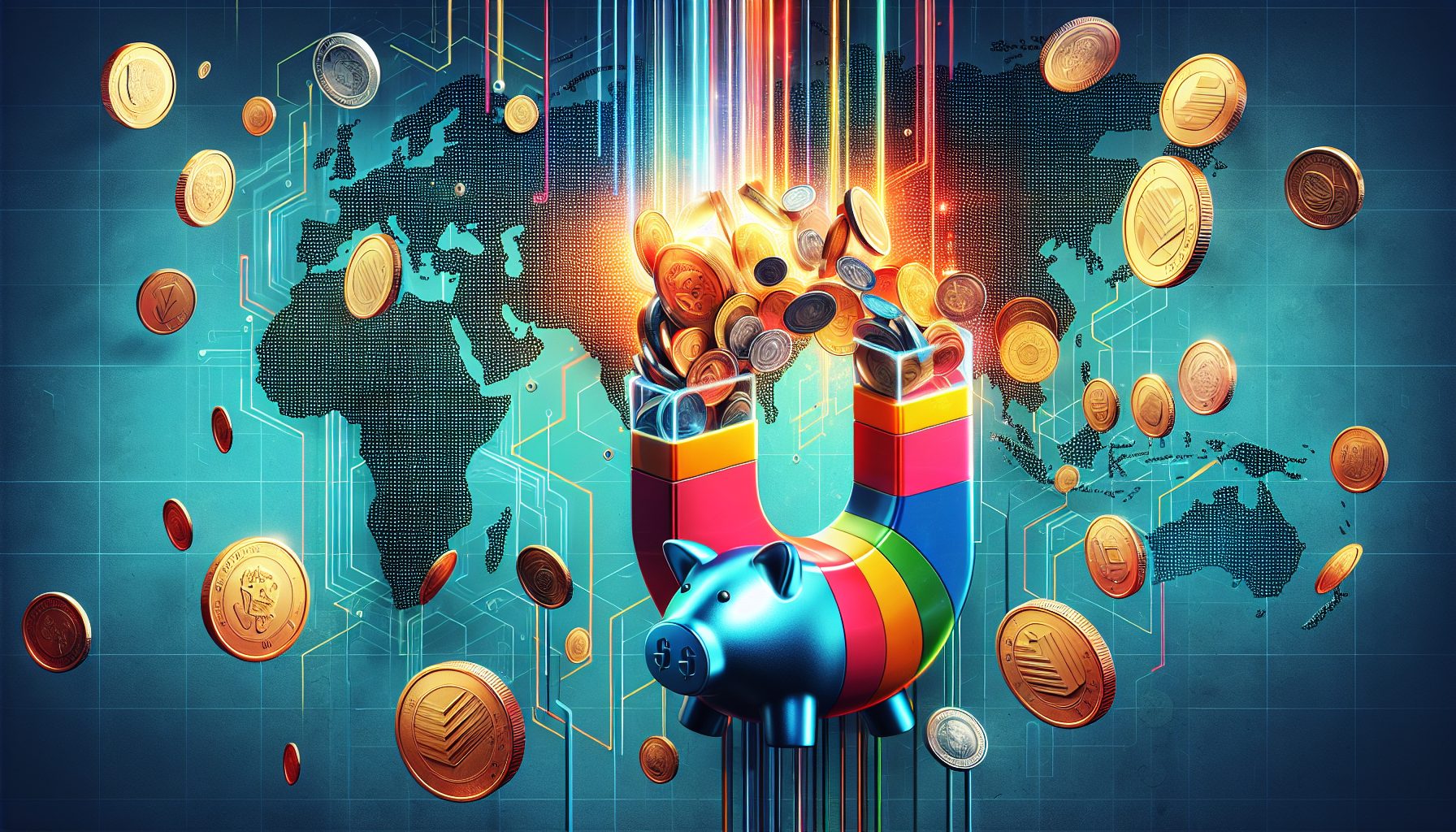In early 2004, Chris Anderson, editor of Wired magazine, was asked to estimate how many of the 10,000 albums accessible via a Web-connected digital jukebox had at least one track played at least once per quarter. Sensing that traditional sales metrics, which would indicate an answer of about 20 percent, didn’t apply to this Internet-enabled example, he ventured an extreme-sounding guess of 50 percent. “I was, needless to say, way, way off,” he writes in his influential book, The Long Tail: Why the Future of Business Is Selling Less of More (Hyperion, 2006). “The answer was 98 percent.”
That episode inspired Anderson to research the new rules of distribution and customer choice in the Internet age. In a Wired article, then a blog, and now in his book, he argues that familiar sales charts needed to be redrawn. From Amazon.com Inc. to eBay Inc. to NetFlix Inc., the data bore out his observations: The Internet allows companies to put a far wider range of goods in front of customers than a physical store ever could—and customers respond by buying not just the popular items bunched at the peak of the sales curve, but also the obscure products out on the long tail of the curve.
In fact, the less-popular items out along the tail might sell only a tiny number of units each, but when all these “onesies and twosies,” as Anderson puts it, are added together, they amount to a large market. Long-tail products don’t replace hits, they replace the monopoly of hits enforced by the limitations of physical retail space. The long-tail phenomenon deals mostly with electronic media and deep-catalog businesses like books and DVDs, but Anderson touches on its impact on manufactured goods and commodities as well. He spoke about the many long tails all around us with Senior Writer Edward Cone.
CIOI: Give us the short-attention-span version of the long tail.
Anderson: It’s about life beyond the blockbuster, what happens to our culture and our economy as we shift from mass markets to niche markets. It’s the recognition that one-size-fits-all is no longer a necessary model. It never suited any of us well, and now we have the option to treat individuals as individuals, so that one size fits one, or one size fits me. Increasingly, this is not only possible but is demanded by customers.
How have companies reacted to your book?
I expected the biggest opposition from the blockbuster businesses, the entertainment companies, Hollywood and all that. But the book’s number-one market is Los Angeles. I was just there, talking to Hollywood companies, and it was standing room only. They totally get it. I thought they’d be in denial, hostile, but it’s just the opposite. They’re like, “Well, duh, but what can we do about it?”
One of the biggest misunderstandings is that people assume this means the end of the hit. Of course it doesn’t. The long tail is a Pareto Curve [a projection that shows, among other phenomena, that 20 percent of products typically generate 80 percent of sales], and that’s all about radical inequality, some products selling a lot and others not. Once people realize it’s not about the end of the hit, but about the end of the monopoly of the hit, it becomes less threatening, and less counterintuitive. This isn’t a theory, it’s just measuring what’s already happening out there. It’s all based on real-world data, and no one’s disputed the data. I don’t really have to argue the thesis.
There are industries where I’m finding questions about how the long tail applies, rather than opposition. It clearly applies more broadly than people thought. I’m often asked to speak in an industry where I hadn’t spotted the resonance. When Anheuser Busch created a division called Long Tail Libations, I realized that people were finding resonance in very traditional industries I had not anticipated. I’ve spoken to companies involved in heavy machinery, shoes, coffee, agricultural goods, consumer packaged goods. The long-tail concept makes perfect sense to them, so I’ve been on a serious learning curve about subjects like agricultural machinery, just so I can map the phenomenon to their businesses.
 Read the full story on CIOInsight.com: Chris Anderson: Less Is More.
Read the full story on CIOInsight.com: Chris Anderson: Less Is More.

